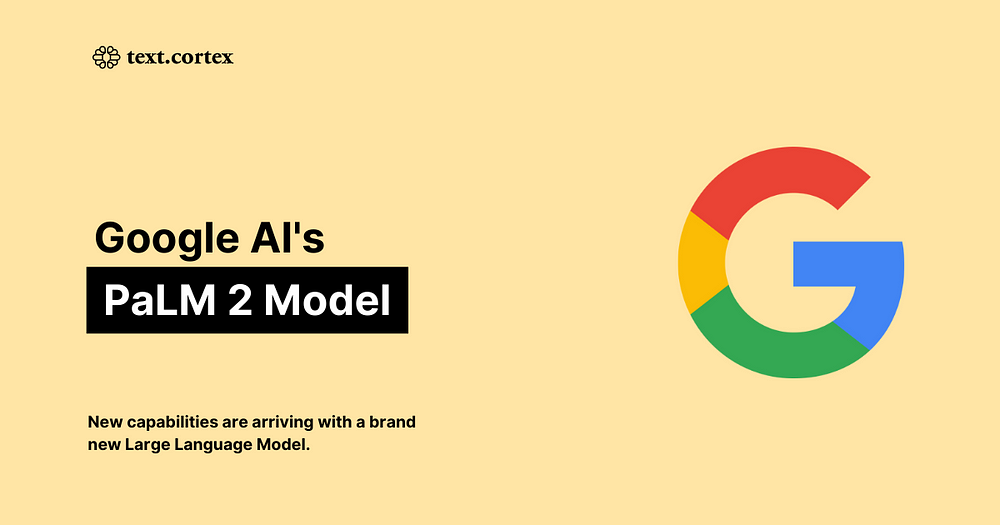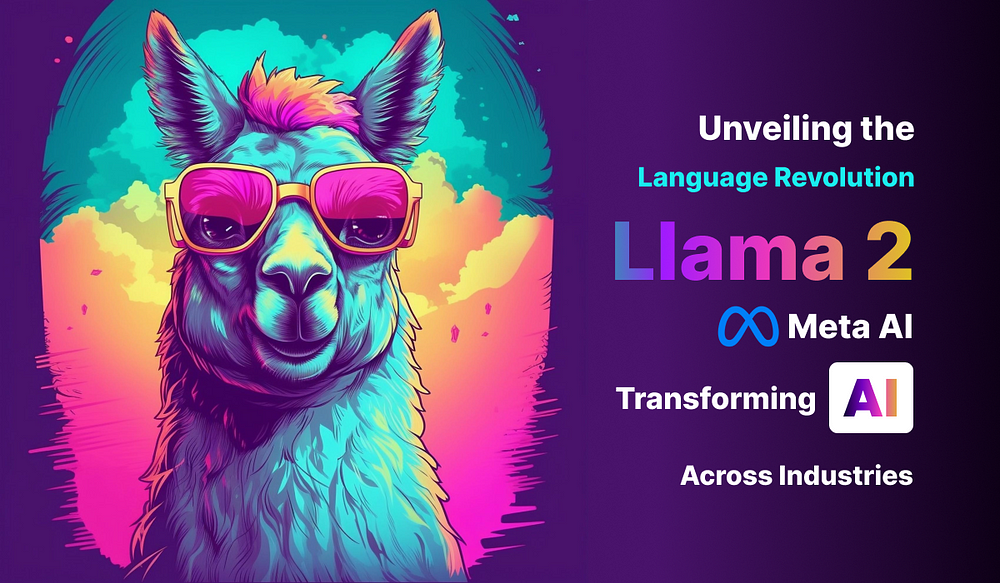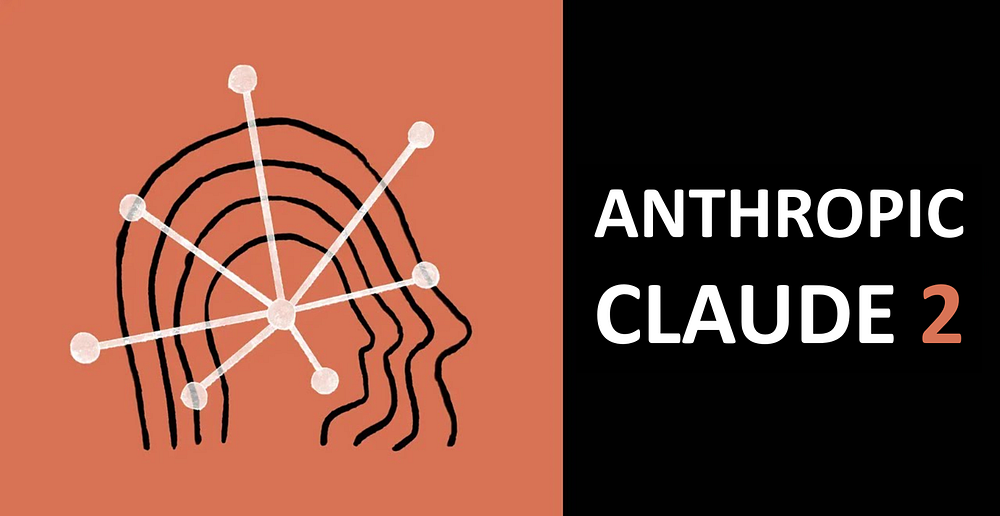Best LLM APIs 2024: Top Choices for Best LLM

What is a Large Language Model(LLM) API?
A Large Language Model (LLM) API is an interface that allows developers to access and utilize the capabilities of a large language model, such as GPT models, for various natural language processing (NLP) tasks. An LLM API provides a way to interact with the model, send requests for text generation, and receive responses in real-time. With the advancements in AI and the democratization of access to computing resources, it is now possible for individuals and organizations to build their own LLMs and tailor them to meet their specific needs or tasks through the use of LLM APIs, including reasoning and problem-solving capabilities. These APIs are essential for leveraging the power of the internet and large amounts of text data to improve language processing tasks.
The use of LLM APIs has revolutionized the way we interact with language. Developers can now integrate these APIs into their applications to automate content generation, enhance customer service through chatbots, and improve language translation services, among many other applications.
To understand the concept of LLM APIs, let’s break down some of the key terms involved:
- Large Language Model (LLM): A large language model is an AI model trained on a vast amount of text data. LLMs learn the statistical patterns and relationships within the data to generate contextually relevant and coherent text. These models can be used for various NLP tasks such as text generation, summarization, and translation.
- Natural Language Processing (NLP): NLP is a branch of AI that focuses on the interaction between computers and human language. It involves tasks such as text classification, sentiment analysis, and language translation. LLMs leverage NLP techniques to understand and generate human-like text.
- Machine Learning: Machine learning is a subset of AI that involves training models to learn patterns and make predictions or decisions without being explicitly programmed. LLMs use machine learning algorithms to analyze and generate text based on the patterns learned from the training data.
- AI Model: An AI model is a mathematical representation of a real-world system or process. In the context of LLMs, an AI model refers to a machine learning model that has been trained on large amounts of text data to generate human-like text.
- Generative AI: Generative AI refers to the use of AI models to generate new content, such as text, images, or music. LLMs are a type of generative AI model that can generate coherent and contextually relevant text based on the patterns learned during training.
In summary, an LLM API allows developers to harness the power of large language models for a wide range of NLP tasks. These APIs provide a way to interact with the models and leverage their capabilities to automate content generation, enhance customer service, and improve language translation services, among others.
The Top Large Language Model APIs of 2024
1. GPT-4 provided by Open AI

GPT-4, provided by OpenAI, is a leading large language model (LLM) API that offers powerful natural language generation capabilities. Here are some key highlights:
- GPT-4 is the latest model in OpenAI’s GPT series, known for its impressive performance on a variety of tasks.
- It can generate text based on prompts, making it suitable for a wide range of applications such as content creation, chatbots, and language translation.
- GPT-4 has a large parameter count, although the exact number has not been disclosed to the public.
- The model has been trained on a vast amount of text data, enabling it to generate contextually relevant and coherent text.
2. Google’s PaLM 2

PaLM 2, developed by Google, is a powerful large language model (LLM) API that offers deep learning and bidirectional encoder representations. Here are some key highlights:
- PaLM 2 is based on Google’s Pathways AI architecture, which aims to build models capable of handling various language-related tasks.
- The model has been trained with a large number of parameters, enabling it to perform hundreds of language-related tasks.
- PaLM 2 achieved state-of-the-art performance on many of these tasks, making it a reliable choice for developers.
- It offers a range of applications, including text comprehension, completion prediction, and word sense disambiguation.
3. Meta’s Llama 2

Llama 2, developed by Meta AI, is a leading large language model (LLM) API that offers human feedback and is ideal for dialogue applications. Here are some key highlights:
- Llama 2 is Meta AI’s next-generation open-source language understanding model.
- It comes in various sizes, ranging from 7 billion to 65 billion parameters, offering flexibility and scalability.
- Llama 2 offers improved performance compared to its predecessor, Llama 1, with double the context length.
- The model is suitable for a wide range of applications, including dialogue systems, chatbots, and natural language understanding.
4. Anthropic’s Claude 2

Claude 2, developed by Anthropic, is a leading large language model (LLM) API that takes a principled approach to text generation. Here are some key highlights:
- Claude 2 is described as a “next-generation AI assistant” and offers a range of NLP capabilities, including summarization, coding, writing, and question answering.
- It is available in two modes: Claude, which is the full, high-performance model, and Claude Instant, which is a faster model at the expense of quality.
- Claude 2’s capabilities make it suitable for a wide range of applications, including content generation, code understanding, and customer service.
- The model’s training process and architecture have not been fully disclosed, but it has shown impressive performance in various benchmarks.
5. Amazon’s AlexaTM

AlexaTM, developed by Amazon, is a widely recognized large language model (LLM) API that offers customer service and voice interaction capabilities. Here are some key highlights:
- AlexaTM is a popular voice assistant that is commonly used in customer service applications.
- It offers voice interaction capabilities, allowing users to interact with the AI model using natural language commands.
- The model is designed to provide accurate and reliable responses to user queries, making it ideal for customer service applications.
- AlexaTM also offers a range of features and integrations, such as smart home controls and personalized recommendations.
6. IBM Watson 3.0

IBM Watson 3.0 is a leading large language model (LLM) API developed by IBM. It offers commercial use and is known for its knowledge base and handling of complex tasks. Here are some key highlights:
- IBM Watson 3.0 is the latest iteration of IBM’s Watson series, known for its commercial applications and capabilities.
- The model is designed to handle complex tasks and has a strong focus on knowledge base integration.
- It offers a range of features, including natural language understanding, machine learning, and deep learning capabilities.
- IBM Watson 3.0 is widely used in various industries, including healthcare, finance, and customer service.
7. Chat-Completion Provided by Novita.ai

Chat-completion is a newly-born however powerful Large Language Model provided by novita.ai. Chat-completion offers a hassle-free experience, requiring no hardware configuration or model deployment. It enrichs role-play scenarios, encourages lively debates, and unlocks a realm of creativity and expression, all while being NSFW-friendly.
Deep Dive into LLM API Capabilities
The capabilities of large language model (LLM) APIs are vast and can be leveraged for a wide range of natural language processing (NLP) tasks. In this blog, we will explore some key aspects of LLM API capabilities, including natural language processing, customization and scalability options, integration with existing technologies, and the role of companies like Microsoft and Hugging Face in the LLM space. These capabilities empower developers to build advanced applications that can automate content creation, enhance customer service through chatbots, and improve language translation services, among many other possibilities. Let’s dive deeper into the capabilities of LLM APIs and discover how they can revolutionize the way we interact with language.
Customization and Scalability of LLM APIs
One of the key advantages of large language model (LLM) APIs is their customization and scalability options. These APIs allow developers to tailor the models to their specific needs and scale them according to the requirements of their applications. Let’s explore the customization and scalability aspects of LLM APIs:
- Customization: LLM APIs provide customization options that allow developers to fine-tune the models for specific tasks or domains. This enables them to generate text that is more relevant and aligned with their application requirements.
- Scalability: LLM APIs can handle large amounts of data and scale to meet the demands of high-volume applications. Developers can leverage the scalability of these APIs to process large datasets and generate text in real-time.
LLM APIs offer developers the flexibility to customize the models and scale them according to their specific needs, making them a powerful tool for building advanced NLP applications.
Integration with Existing Technologies
Large language model (LLM) APIs can be seamlessly integrated with existing technologies, opening up new possibilities for application development. Let’s explore how LLM APIs can be integrated with existing technologies:
- Integration: LLM APIs can be integrated with existing technologies such as chatbots, search engines, and content management systems. This allows developers to enhance the capabilities of their applications by leveraging the power of LLMs.
- Open Source: Some LLM APIs are open source, providing developers with the freedom to modify and customize the models according to their specific needs. This open-source nature promotes collaboration and innovation in the development process.
- App Development: LLM APIs can be used to build advanced applications such as chatbots, virtual assistants, and recommendation systems. Integrating LLMs into these applications can enhance their capabilities and provide a more personalized user experience.
Integrating LLM APIs with existing technologies can unlock new possibilities in application development, allowing developers to leverage the power of LLMs to enhance user experiences and improve performance.
The Future of LLM APIs
The future of large language model (LLM) APIs looks promising, with advancements and trends shaping the evolution of these powerful tools. Let’s explore the key trends and considerations that will shape the future of LLM APIs:
- Trends: The evolution of foundation models, the emergence of new models, and the increasing parameter counts are some of the key trends in the LLM space.
- Ethical Considerations: As LLMs become more advanced, ethical considerations such as bias mitigation, fairness, and transparency in AI development will become increasingly important.
LLM APIs will continue to play a crucial role in the development of advanced NLP applications, driving innovation and shaping the future of AI-powered language processing.
Conclusion
In conclusion, the evolving landscape of Large Language Model APIs offers a glimpse into the future of artificial intelligence integration. With advancements like GPT-4, PaLM 2, Llama 2, Claude 2, AlexaTM, and Watson 3.0, the capabilities of these models are expanding in NLP, customization, scalability, and real-world applications. From enhancing customer service to automating content creation, these APIs are revolutionizing industries. As we navigate the future trends and ethical considerations, it’s evident that LLM APIs are shaping a new era of innovation and efficiency in language processing technologies.
Frequently Asked Questions
Are There Privacy Concerns with Using LLM APIs?
Using large language model (LLM) APIs can raise privacy concerns due to the use of user data for training and generating text. Developers must ensure proper data privacy measures, secure data storage, and compliance with privacy regulations to address these concerns.
What Are the Costs Associated with LLM APIs?
The costs associated with large language model (LLM) APIs can vary based on factors such as API usage, scale, and customization requirements. Organizations need to consider factors like pricing plans, API access, and scaling options to determine the cost implications of using LLM APIs.
novita.ai provides Stable Diffusion API and hundreds of fast and cheapest AI image generation APIs for 10,000 models.🎯 Fastest generation in just 2s, Pay-As-You-Go, a minimum of $0.0015 for each standard image, you can add your own models and avoid GPU maintenance. Free to share open-source extensions.
Recommended reading
The Ultimate Random Pokemon Generator Guide
Better Animals Plus Fabric: The Ultimate Guide
Pokemon AI Generator: Unleash Your Creativity